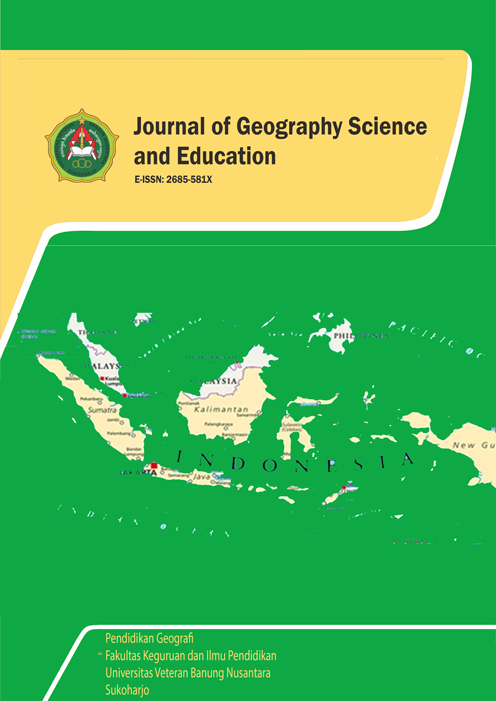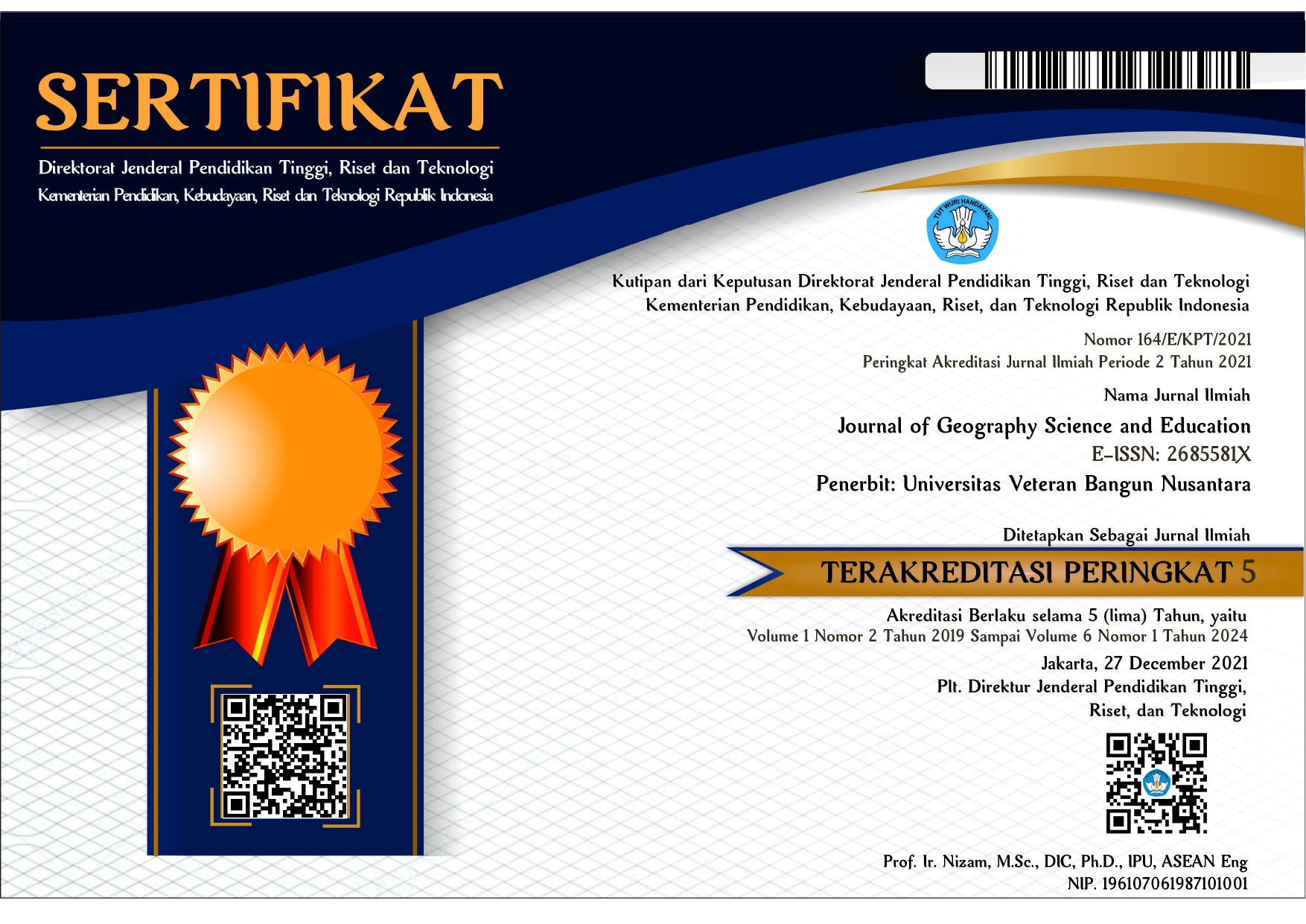The Relationship Between Housing Density and Family Resilience In Urban Densely Populated Areas In Kampung Rawa Urban Village, Central Jakarta Administrative City
Abstract
Families who live in densely populated settlements or in areas that are vulnerable to various problems, including economic, educational, health and other social problems, are unable to carry out their roles and functions properly. People in Kampung Rawa often depend on government assistance to fulfill their basic needs to maintain their economic resilience, which is also related to their social and psychological resilience. This tends to create dependency that inhibits individual and family initiatives to be independent. This study aims to determine the relationship between housing density and family resilience in densely populated urban areas. This research is a quantitative study using a survey method, with a correlation approach. Data collection in this study used a questionnaire. Data collection used cluster sampling technique with 476 housewives in RW 2, Kampung Rawa Village, Central Jakarta. Research data collection from March 2024 to September 2024. The prerequisite test data analysis technique uses the Kolmogorov-Smirnov normality test and hypothesis testing using the Person Product Moment Correlation Coefficient Test and the t test. The results showed that the value of r = 0.007 means that it has a very weak relationship or H0 is accepted. This means that there is no relationship between residential density and family resilience in urban densely populated areas in the kampung rawa urban village of Central Jakarta. The implication of this research is that by paying attention to residential capacity, families can create a more comfortable and healthy environment. Families who prioritize wise family planning can minimize the risk of overcrowding that can cause various problems, both physical and psychological.
Keywords: Occupancy; Density; Population; Family Resilience.
Downloads
Downloads
Published
How to Cite
Issue
Section
License
Copyright (c) 2025 Syifa Fadhila Basari, Uswatun, Kabbaro

This work is licensed under a Creative Commons Attribution-ShareAlike 4.0 International License.
Authors who publish with the Journal of Geography Science and Education agree to the following terms:
- Authors retain copyright and grant the journal the right of first publication with the work simultaneously licensed under a Creative Commons Attribution License (CC BY-SA 4.0) that allows others to share the work with an acknowledgment of the work's authorship and initial publication in this journal.
- Authors are able to enter into separate, additional contractual arrangements for the non-exclusive distribution of the journal's published version of the work (e.g., post it to an institutional repository or publish it in a book), with an acknowledgment of its initial publication in this journal.
- Authors are permitted and encouraged to post their work online (e.g., in institutional repositories or on their website) prior to and during the submission process, as it can lead to productive exchanges, as well as earlier and greater citation of published work.










